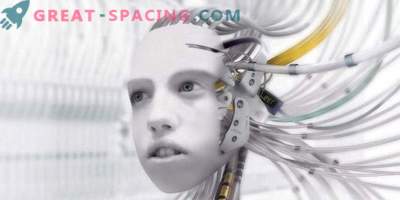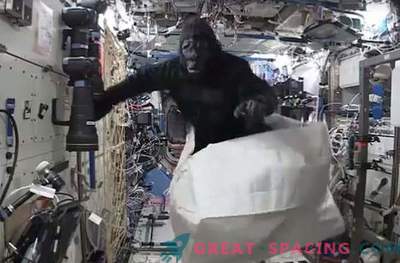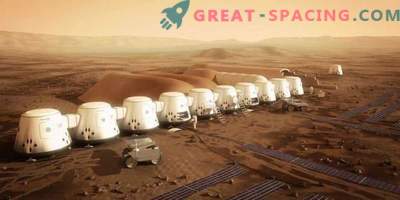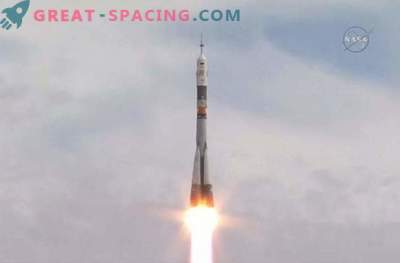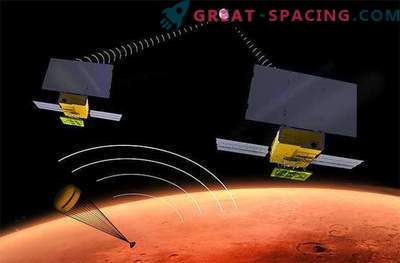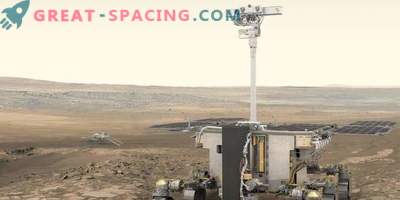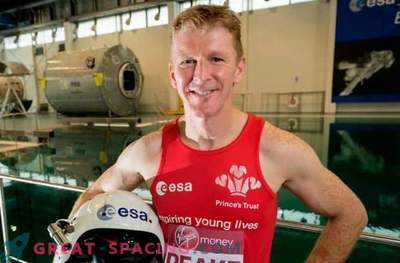
European scientists have achieved major success by making a breakthrough, thanks to which new worlds will be built once in space. This breakthrough is an experiment in which an astronaut located on the International Space Station was able to remotely control a robot on Earth using his senses.
Danish astronaut Andreas Mogensen (Andreas Mogensen) conducted a breathtaking experiment in which he inserted the rod into a very narrow hole. It happened on Monday under the close supervision of the staff of the European Space Agency.
Being in orbit about 400 kilometers above the earth, Mogensen controlled the Earth’s interactive “Centaur” planetary rover, which has a pair of arm-manipulators for skillful high-precision work.
The white-blue robot is built of fiberglass, its cost is just under two hundred thousand euros ($ 224,000). It is equipped with a front-facing camera that allows the operator to directly see the work he is doing.
But “vision” is not the most important body in this project. The main thing - tactile sensations.
In real-time, thanks to lightning-fast signals transmitted via a dedicated group of satellites working synchronously, the astronaut was able to maneuver the robot.
Then he very slowly lowered the metal rod into a very narrow, specially prepared hole with gaps of less than one sixth of a millimeter. At the first attempt, thanks to the force feedback technology, when the rod was aimed incorrectly, Mogensen felt in the joystick, which he controlled the robot from the space station, push the rod against the hole wall.
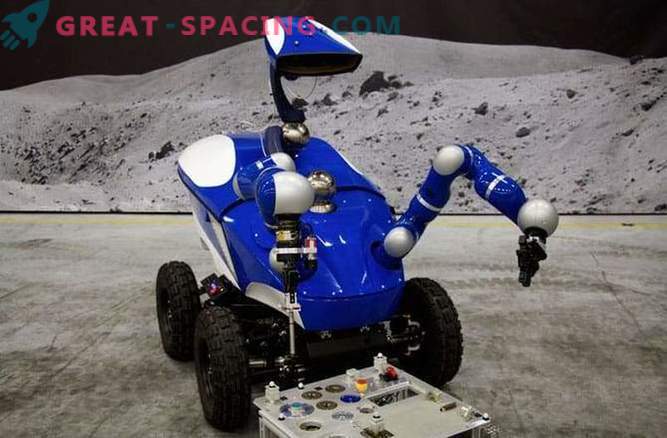
Glee came in a few minutes when the rover, a bit like a Disney WALL, successfully inserted the rod in the right place.
Scientists and engineers are confident that the potential of using such technologies is enormous. They allow you to control the robots to perform precise tasks using the senses of the operators.
The technology will allow people, according to Andre Schiele, head of ESA's Telerobotics and Haptics Laboratory, to create projects with “human presence” in robots, to perform tasks on the surface in ways familiar to humans.
Space engineers leave no hope of ever sending a man to Mars. And before the human foot sets foot on the surface of the planet, it is necessary to build a whole platform on it.
Robots like the Centaur, which some of its designers affectionately call the “blue beetle,” may be the first to perform a given task.
This is evidenced by Emil den Exter, an industrial designer who participated in the development.
The 18-month project is the result of collaboration between the European Space Agency and the Delft Technical University of the Netherlands.
“Even something simple, like tying shoelaces, is fully based on your feelings,” Schiele told reporters gathered at the headquarters of ESA in Holland Noordwijk. “On Earth, this advanced technology, also known as tactile, can be“ used wherever you don’t want to send a person, ”he added.
“Sensing” robots could be useful in eliminating the effects of an oil spill in 2010 in the Gulf of Mexico or in preserving the reactors of the Japanese Fukushima in 2011.
Frans van der Helm, a professor at the Faculty of Mechanical Engineering at Delft University of Technology (Frans van der Helm), said that the options for using such robots in a project to merge nuclear particles in France are being considered.
“Inside the International Thermonuclear Reactor (Thermonuclear Experimental Reactor (ITER)), - according to him, - the temperature will be more than a million degrees. Therefore, everything will begin to deform. Therefore, the task for which the robots are programmed becomes difficult. ”
In this case, the technology of remote control and presence will allow a person to solve the problem with the help of their own sense organs.
For the 27-year-old student from Turkey, Doga Emirdag, who helped design the centaur's exoskeleton as part of his thesis, Monday is a great day.
“Robots, like this one, will not fall into space. But the technologies that are being developed will fall, ”he says, smiling broadly.


